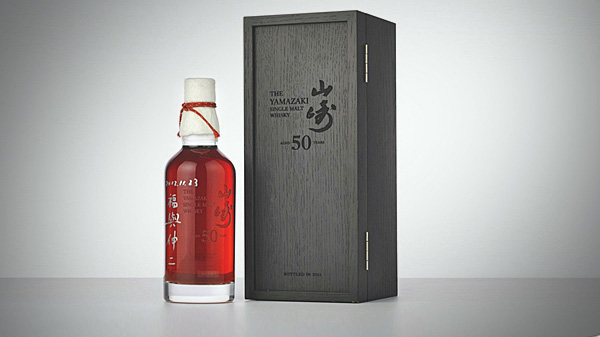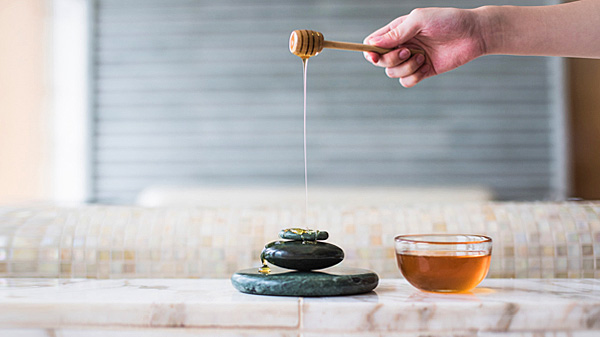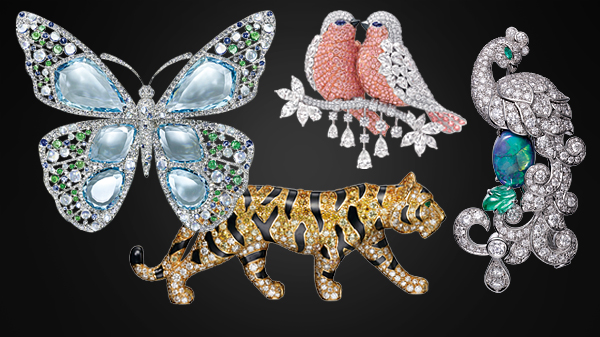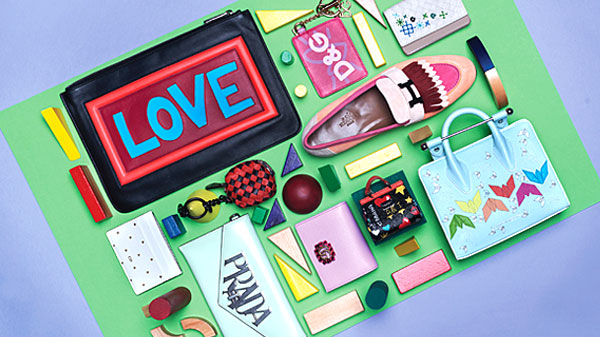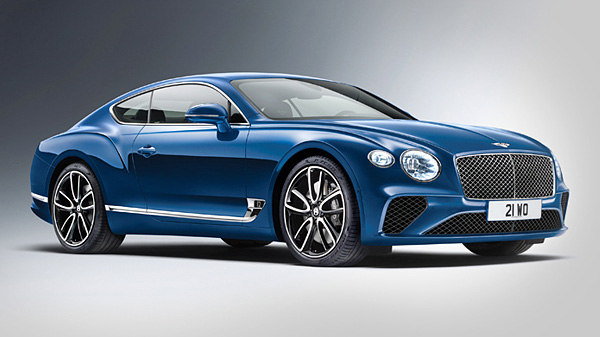Ishigaki – a remote Japanese island with a population of less than 50,000 and little prospect of passing trade – owes much of its annual tourist influx to the whimsical shenanigans of those who try their hand at C-trip roulette.

The largest of the Ryukyu Islands, Japan’s remotest territories, Ishigaki is largely unknown by even the Japanese themselves, bestowing upon it an almost mythical reputation.
While Ishigaki is remote, Taketomi Island – our ultimate destination – takes off-the-beaten-trackness to another level. A 10-minute ferry ride from Ishigaki, the primary transport hub for this island group, Taketomijima (as the locals refer to it) is a tiny outcropping with a non-tourist population of less than 300. If outsiders know it for anything, it’s its carefully-preserved Ryukyu village, the legacy of the lost maritime-trading kingdom that ruled the region from the 15th to 19th century.
Checking into the HOSHINOYA Taketomi, a village resort heavy with white sand paths and coral stone walls, it’s all but impossible not to fall in love with the place.

Rather than the expected villa, guest accommodation consists of a pavilion – with only 48 available – constructed in the style of the island’s traditional residences. Under their red-tiled roofs, all the very finest modern comforts await – wood-panelled flooring, sliding doors, a meditative lounge area and a centrepiece bathtub.
Floor-to-ceiling glass walls, meanwhile, open on to a pebbled zen-style garden, the perfect location for a little DIY barbecuing, with the resort’s staff happy to supply freshly-caught lobsters or the spectacularly-marbled Ishigaki beef. Truly, self-service has never been so satisfying.
The next morning, a gentle trek to the stony Aiyaruhama Beach is recommended. Following a forest track, you are rewarded with the stunning vista of this magnificent beach by dawn’s early light. If you’d ever wondered just why Japan is known as the Land of the Rising Sun, you will wonder no more.
A leisurely cycling tour of the island can be a rewarding experience as well, with a visit to the Folk and Craft Museum particularly recommended. Try your hand at working the most antique of wooden looms; the staff is more than happy to proffer a crash course on how to master the gumbo mixed weave.

After exploring the immediate environs make sure you allow enough time to take in the Kondoi Beach. Famous the world over for dazzling white sands, clear waters and sensational sunsets, it nestles on a wide, shallow cove on the west of the island. Just further along is the Kaiji Beach, smaller, rockier and like to bring visitors good fortune – at least according to the locals.
Suitably saturated with the island’s stunning sightscapes, head for the West Pier – the perfect locale for experiencing the Ishigaki sunset. En route, you are as like as not to fall in behind a row of water-buffalo carts, all heading for the same destination. In this exotic oasis, even the traffic jams are Instagrammable.
Lulled by the island’s bucolic lifestyle, you could be forgiven for expecting dinner to have a somewhat rustic feel. Once again, however, HOSHINOYA transcends any such pre-judgments, with its evening fare of Okinawan Nouvelle Cuisine a true revelation.
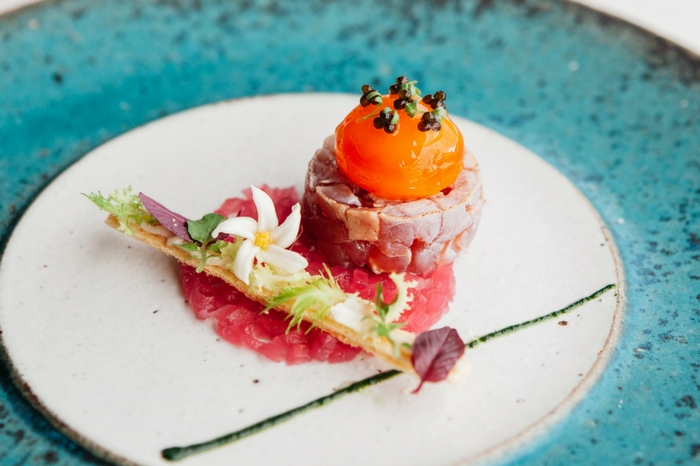
With a total of eight courses on offer, the selection included Kuruma shrimp, island carrot mousse and foie gras and island banana roast. The undoubted standouts, though, were the Okinawa Akamachi poele fish with herbal fragrance and the grilled wagyu rump steak with Makomo bamboo, steeped in shikuwasa citrus diable sauce.
The next day can be a perfect time to don snorkels and flippers as you set out to encounter the marine life that lives below the surrounding waters.
For the scubaphopic, Kabira Bay’s glass-bottom boats offer a less immersive but equally rewarding alternative, with the local operators priding themselves on their sustainable sensibilities.
In a world where many of its wonders have been over-shared, Ishigaki is a revelation. Still just obscure enough to be spared visitor-overload, it should be on the itinerary of any wanderer yearning to discover something authentically unexplored.
Text: Julienne C. Raboca
Photos: HOSHINOYA Taketomi Island






